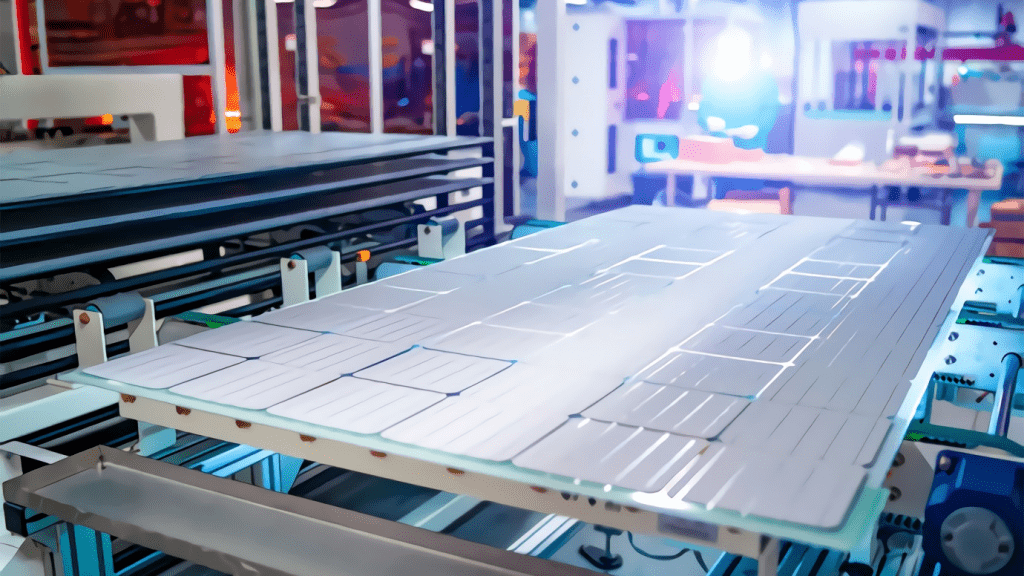
Canada Appeals for International Firefighting Aid
June 09, 2025: Canada has issued an international appeal for firefighting support as wildfires intensify across multiple provinces

September 01, 2022: -On Tuesday, Solar said it would build an updated solar panel manufacturing facility in the U.S. after the Inflation Reduction Act, incentivizing domestic manufacturing.
The company will support up to $1 billion in the most delinquent factory, which it intends to build in the Southeast U.S. The newly promoted plant will be the panel maker’s fourth completely integrated U.S. factory.
On Tuesday, First Solar said it would spend $185 million upgrading and expanding its existing facilities in Ohio.
CEO Mark Widmar pointed to the IRA as the critical catalyst that made the company choose to build another factory in the U.S. rather than look somewhere else.
For the first time, the funding packages create a “long-term view and understanding of the industry, and policies aligned to that industry,” Mark said.
“With that level of clarity, we stepped back and evaluated the alternatives or the options of where we could go with our next factory, and when we looked at it comprehensively, the U.S. was a desirable option,” Mark added.
Widmar added that this is the first time the entire supply chain has been incentivized, from the manufacturer to the generating asset and finally to the end customer.
“With that type of alignment, you can create partnerships and opportunities to grow together collectively and more of a win-win type of structure than maybe we had before the implementation of the IRA,” he said.
First Solar said the new factory will manufacture 3.5 gigawatts of solar modules annually by 2025, with the company’s Ohio facilities posting a cumulative annual production capacity of over 7 GW by 2025.
By way of comparison, the U.S. added 3.9 GW of solar capacity during the first half of 2022, according to the Solar Energy Industries Association. According to SEIA, the country’s total solar industry now stands at 126.1 GW, which is enough to power 22 million homes.
We provide the insights on leaders who are responsible for taking their organization to new heights, all the while bringing together a group of talented individuals.

June 09, 2025: Canada has issued an international appeal for firefighting support as wildfires intensify across multiple provinces

May 27, 2025: Air Canada Cuts Five U.S. Routes for Winter 2025–26, Part of Broader Cross-Border Retrenchment

May 26, 2025: Trump Freezes $2.2B in Federal Grants to Harvard Over DEI, Threatens Tax-Exempt Status.

May 14, 2025: Microsoft has announced plans to reduce its global workforce by approximately 3%, affecting roughly 10,000 employees across multiple departments.

May 13, 2025: The Trump administration is considering suspending the constitutional right of habeas corpus in a bid to accelerate mass deportations.

April 29, 2025: Donald Trump’s second term has reached the 100-day mark under sustained public skepticism, with national approval ratings